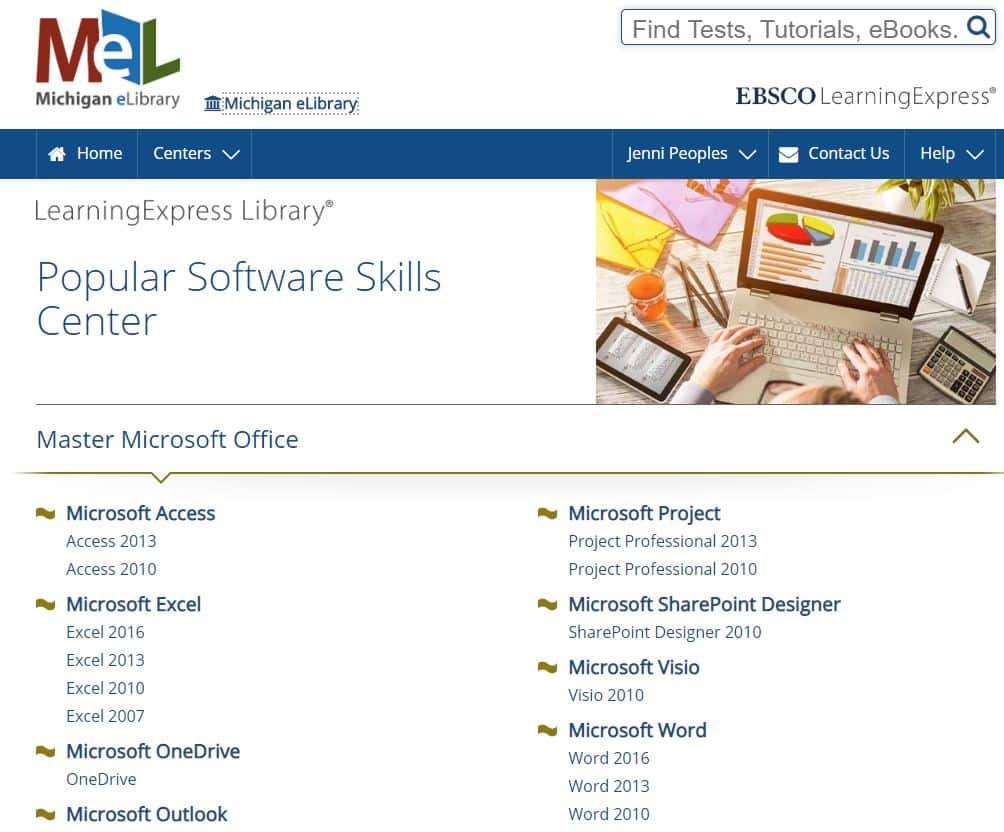Since its release in 1990, Microsoft Office has evolved into a suite of programs or apps that work together to offer maximum productivity. From holding virtual meetings in Teams, to creating a complex spreadsheet in Excel, to sharing documents and information of all sorts on SharePoint – Office has a little bit of something for everyone – even Mac users!
Office Challenges
There have been many versions of Office programs over the years. Office 2019 is the most current. According to Safety Net Design Engineer, Mike Fitzgerald, “There isn’t a world of difference between Office 2019 and 2016.” That’s a relief for those of us who use the programs regularly. I remember a feeling of complete confusion when I logged in to my computer at Safety Net for the first time. I hadn’t used Office much for a year or so beforehand, and prior to that, my previous employer didn’t have the most current software. I was shocked at the changes I saw in Word, Excel, and Outlook. I am pretty computer savvy, but for those first couple weeks, I was overwhelmed by not knowing how to do things that had been second nature. Smaller changes between versions are much easier to process.
3 Free Learning Resources
Having a solid understanding of Microsoft basics, I was able to navigate the new software versions with the Help tab and Search function. For those who want additional help learning to maximize the potential of MS Office programs, there are several free resources available.
- Google. Search engines have come a long way. You can type a question exactly as it sounds in your head and an answer (or 10,000) will appear. No need to worry about specific search terms and use of “and,” “or,” “not.” Just type as you think; Google is smart.
- support.office.com. There is a huge knowledge base of articles on the Office support site. Topics are broken down by program. You can click on one program and look at all the helpful hints, or search for help on a particular issue. The helpful hints are updated with new features or shortcuts – so check them out regularly if you want to stay in the know!

- Your local library. Websites for many libraries now contain a section called Digital Resources (or something similar). Within that area, you’ll find a variety of resources, one of the most common being Lynda.com. There are sites that offer training materials for not only Office, but a wide variety of other software and different professional development topics. With a valid library card, you can often log in from your own device, so you don’t even have to leave the comfort of your office or home. An offering from Michigan eLibrary, learningexpresshub.com provides access to robust training options after registering with just your name and email address.
Technology is always changing. It can be hard to keep up with the latest updates. Fortunately, gone are the days of having to take a seminar or course at a local college to learn how to use the newest version of Microsoft Office. If you know where to look (and now you do!), there are plenty of ways to learn the ins and outs of programs you use every day – at no charge to you or your organization.


